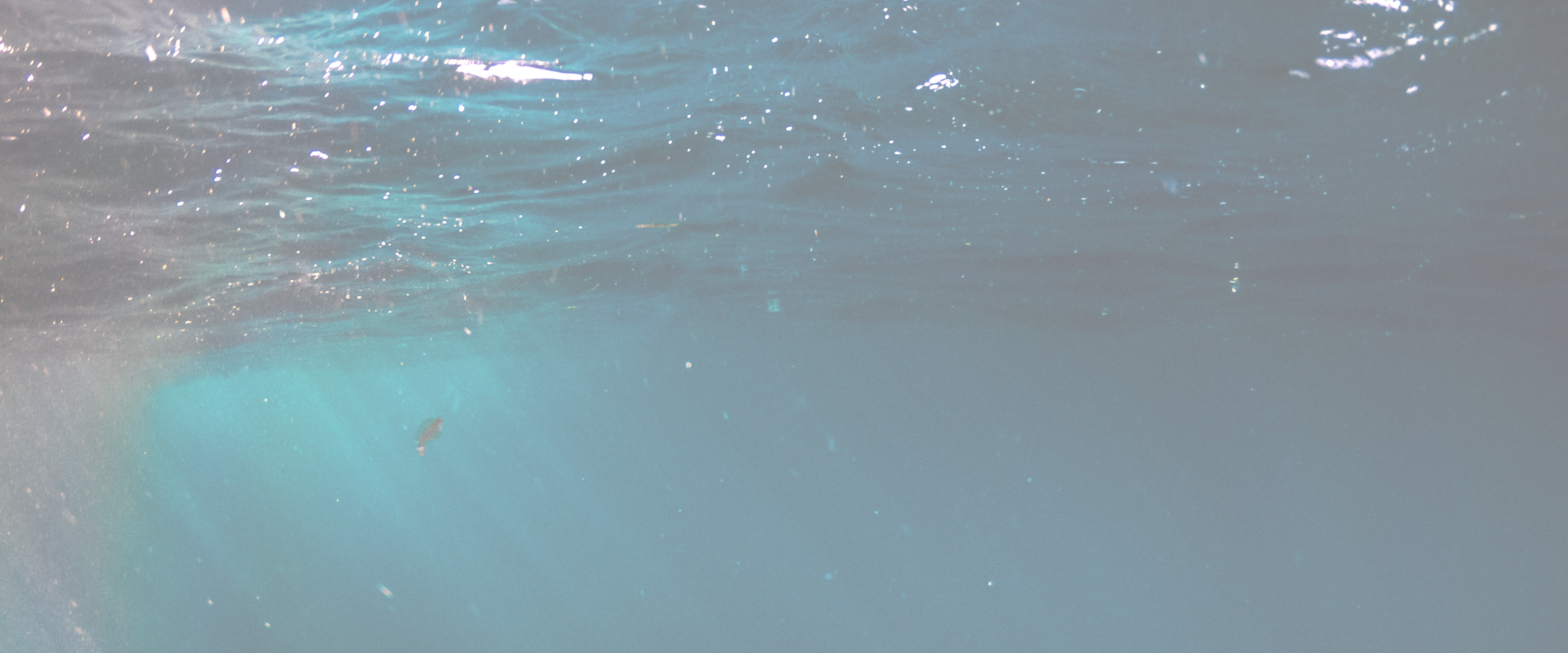The Blue Paradox exhibit, based at the Museum of Science and Industry in Chicago, invites the public to walk underneath the ocean's surface and experience the depth of the ocean plastic crisis facing our ocean and waterways. From the colorful reefs of tropical waters to the Great Lakes of the Midwest, we have reached a tipping point...
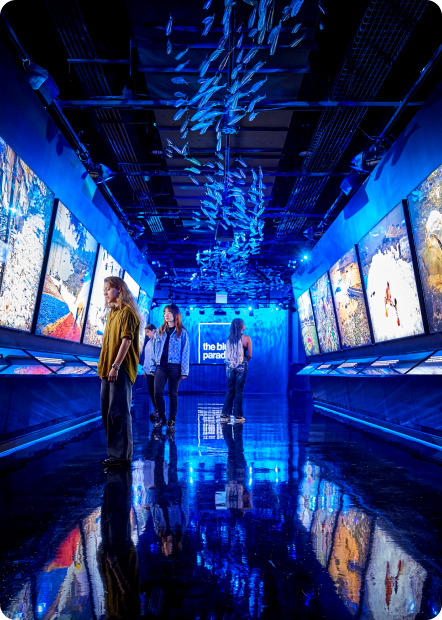
In the Lead-In Corridor, guests discover 1,278 plastic fish hanging overhead. These fish, made from recycled plastic, are part of a large sculpture called “Emergence” by Aurora Robson, who is known predominantly for her meditative work intercepting the plastic waste stream.
Guests are greeted by a stunning photo gallery from National Geographic Photojournalist Randy Olson, which helps individuals understand the gravity of the ocean plastic pollution problem impacting both communities around the world and marine species.
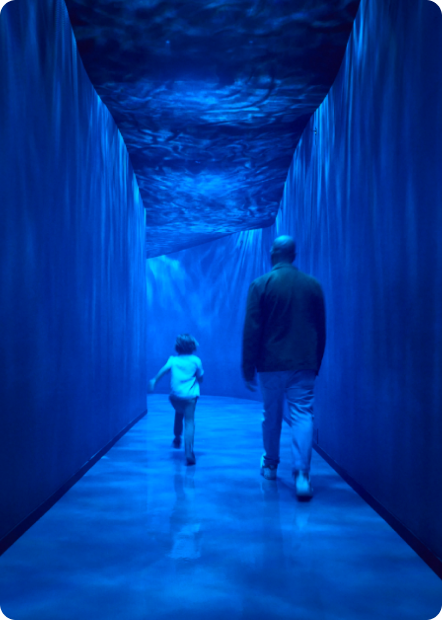
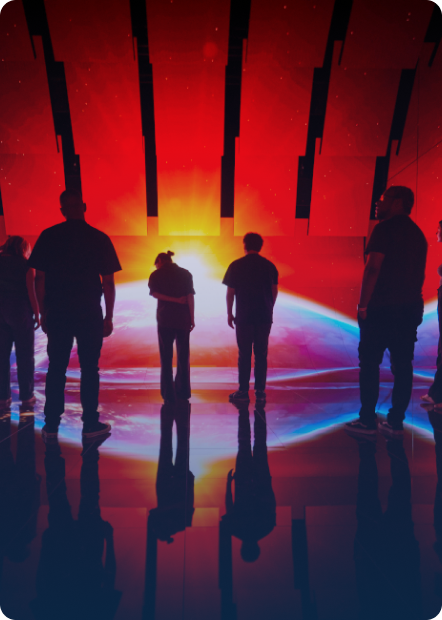
To understand the depth of the ocean plastic crisis, guests must first understand the role our ocean plays in our daily lives.
In the first room of the exhibit, guests will become immersed in an LED Wave Wall of ocean imagery—from colorful coral reefs to mesmerizing swarms of jellyfish. Here, they will learn about and visualize the ocean’s role for our planet.
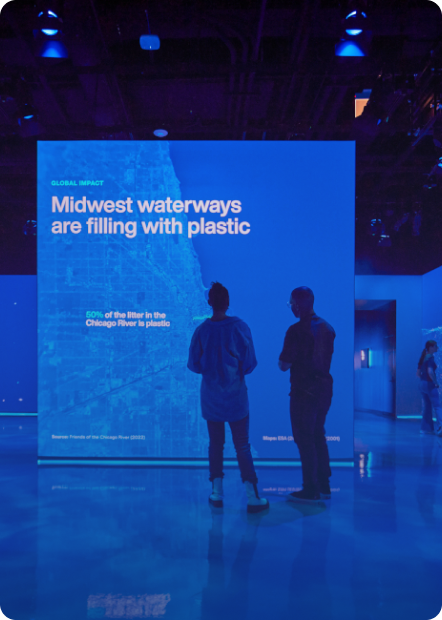
Life on Earth depends on our oceans. The sheer volume of plastics reaching the ocean has grown to impact marine life, ecosystems and food chains all around the world. Since plastics can take hundreds of years to decompose, the issue is not going away on its own anytime soon.
Through maps and graphics, guests will learn where plastic pollution exists geographically, which countries are the biggest contributors, the abundance of pollution in the ocean and more.
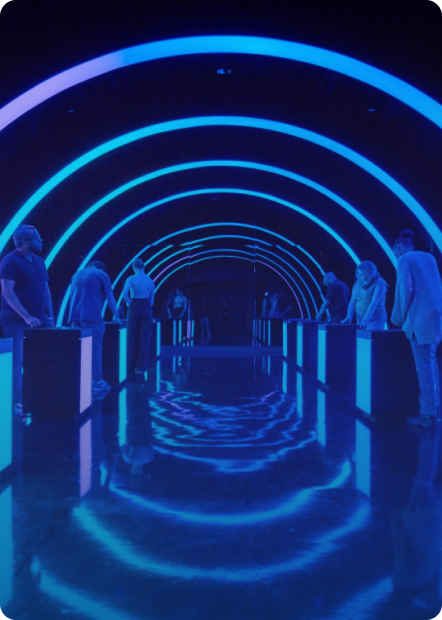
The third experiential room of the exhibit highlights why the exhibit is called The Blue Paradox. While the widespread use of plastic in our daily lives has led to considerable advancements in modern society, plastic has also become one of the most pervasive pollution issues facing our ocean ecosystem and the planet.
Interactive and fully accessible kiosks allow guests to dive deeper into the plastic pollution problem and start to understand where solutions exist. The room describes how the situation is complicated with no one-size-fits-all solution.
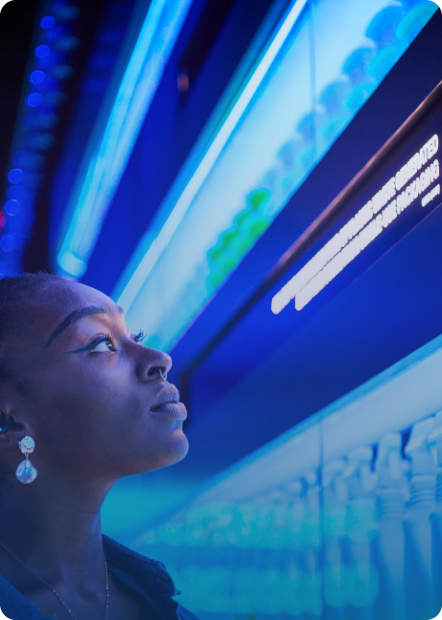
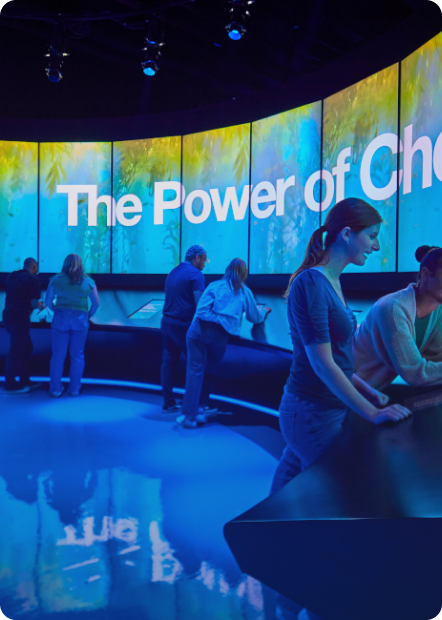
The fifth and final room ignites action and hope, showcasing our collective power for change with visuals that emphasize unity in making a difference. A plastic calculator highlights individual footprints, revealing the significance of seemingly small actions. Another exhibit wall showcases inventive solutions like shoes made from plastic waste, while another suggests local engagement like contacting elected officials and signing up for local beach clean-ups.
Finally, a pledge wall displays visitors’ names and their personal commitment to making a difference.
